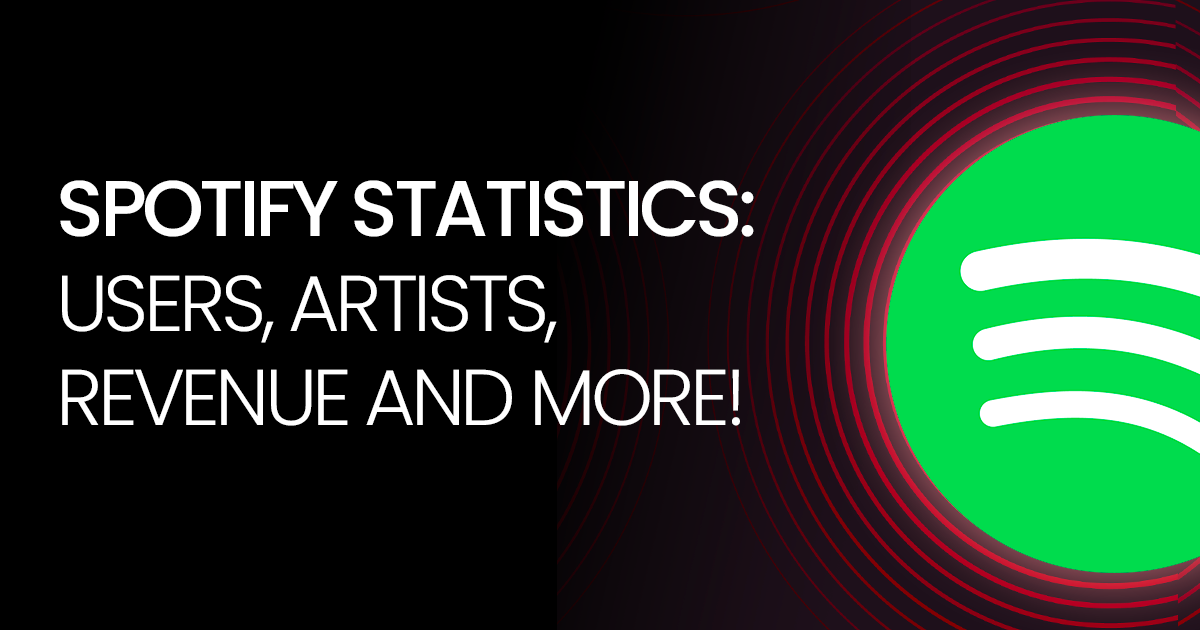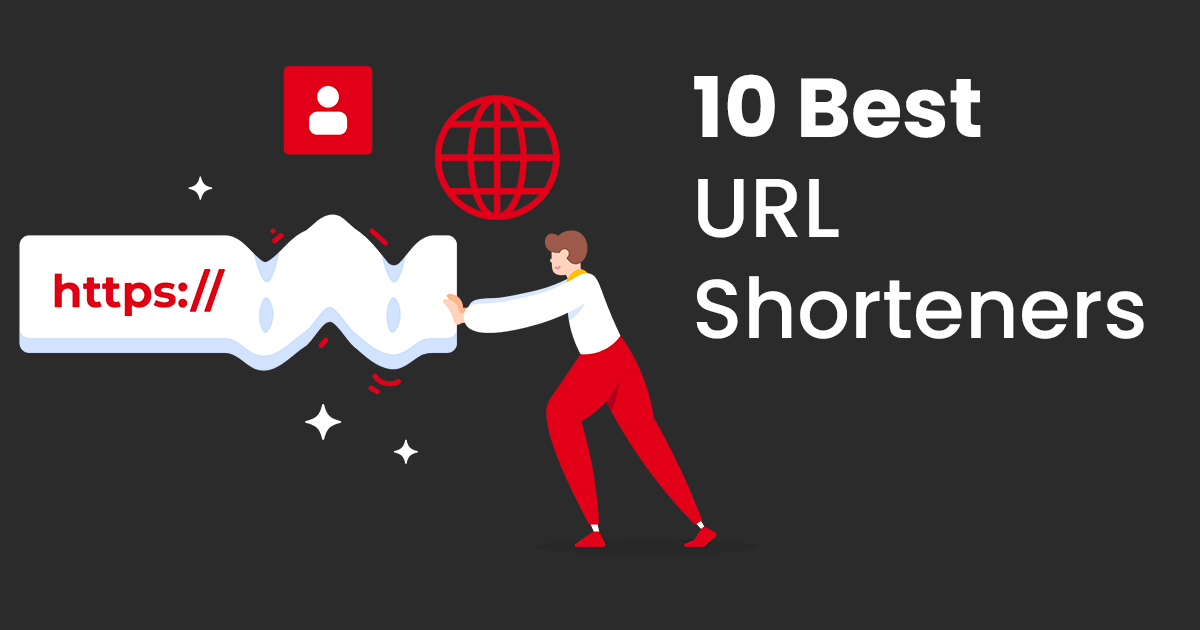Introduction
Ever click a shortened URL that looks like someone spilled a bowl of letters? Same! It’s like staring at a secret code, promising great things but delivering only confusion.
No more head-scratching confusion, no more wondering if that “.ly/gibberish” link leads to a cat video or a phishing scam.
We’re here to empower you, whether you’re a seasoned online marketer, a digital marketing newbie, or simply someone who wants to navigate the vast ocean of the internet with confidence.
Think of this URL shortener glossary as your decoder ring, your secret weapon against acronym overload.
We’ll break down all the key terms, from the basic building blocks to the advanced ninja moves, equipping you to wield shortened URLs like a seasoned warrior.
Buckle up, grab your favorite beverage (we recommend brainpower-boosting green tea for this journey!), and let’s unravel the mysteries of URL shortening, one bite-sized term at a time!
URL Shortener Glossary
General Terms
URL Shortener
The magic wand that transforms long, unwieldy URLs into bite-sized, manageable ones. (Think of Gandalf’s staff, but for links!)
Alias
Another name for a shortened URL, like a cool nickname for your web address.
Redirect
The invisible bridge takes users from the shortened URL to the original long one, like a secret passage to a hidden treasure.
Vanity URL
A custom-made shortened URL that reflects your brand and adds a touch of personality, like a bespoke suit for your online presence.
Slug
The words at the end of a URL that describe the specific content you’re linking to, like a mini trailer for your webpage.
Customization
Custom Short Domain
Ditch the generic “.ly” and create your own branded domain for shortened URLs, like building your kingdom in the web universe.
Branded Short URL
Show off your brand even in a shortened form, like wearing your company logo on a stylish t-shirt.
Technical Terms
API
Your digital translator allows other software to talk to your URL shortener service and do cool things like track clicks or personalize links.
Domain Name
The web address that identifies your website, like your street address in the digital neighborhood.
Subdomain
A smaller part of your domain name, like a cozy apartment within your web-building. It’s the subset of a domain name, crucial in forming the complete URL
Base62 Encoding
The secret code turns numbers into shorter strings using 62 characters, like speaking in Elvish to compress information.
301 Redirect
A permanent “change of address” notice for your URL, telling everyone the new location of your online haven.
302 Redirect
A temporary “detour” for your URL, like taking a scenic route while the main road is closed.
Marketing Terms
Branded Shortener
Like wearing your brand’s colors on your URL, building recognition and trust one clicks at a time.
Call to Action (CTA)
A hidden message tucked into your shortened URL, urging users to click, subscribe, or buy (think of it as a whispered spell to make your marketing dreams come true).
Social Media Sharing
Sharing your shortened links on social media, like throwing confetti (but digital confetti, don’t worry!) to spread the word about your awesome content.
Campaign Tracking
Keep tabs on how your shortened URLs are performing, like using a magical crystal ball to see which marketing spells are working the best.
A/B Testing
Experiment with different versions of your shortened URLs to see which ones get the most clicks, like a mad scientist testing different options to find the perfect one.
UTM Parameters
Tiny bits of information hidden in your shortened URLs, like secret notes, tell you exactly where clicks came from and what people did once they arrived.
Campaign Tagging
Label your shortened URLs with specific campaigns, like color-coding your potions to tell which ones cure dragon breath and which ones make you invisible.
Security
Link Masking
Cloaking your long, ugly URL in a shorter, prettier one, like putting a fancy tablecloth over a rickety table.
Link Cloaking
Hiding the true destination of your URL, like a magician pulling a rabbit out of a hat (but for links, not rabbits unless you’re a very special kind of URL shortener).
Advanced Terms
Pixel Tracking
Tiny, invisible spies embedded in your shortened URLs, watching what users do on your website.
Dynamic Short Links
Links that change their destination based on specific criteria, like a chameleon camouflaging itself against different backgrounds.
Deep Linking
Taking users directly to specific sections within your website, like skipping straight to the juicy chapter in an e-book instead of starting from the beginning.
QR Codes
Those square, pixelated barcodes lead to shortened URLs when scanned, like secret messages hidden in plain sight.
Link Retargeting
Following users around the internet with your shortened URLs like a persistent but helpful salesman, reminding them about the awesome content they might have missed.
Link Expiry
Setting a timer for your shortened URL, like a self-destructing message that disappears after a certain amount of time.
Broken Link
The dreaded error message that appears when a shortened URL leads to nowhere, like a faulty portal spitting you out in the wrong dimension.
Conclusion
Understanding the language of URL shortening is like speaking the secret code of the internet. It empowers you to wield these powerful tools with confidence, track your campaigns with precision, and connect with your audience in a meaningful way.
No more being lost in a forest of acronyms or baffled by cryptic links. With this URL shortener glossary, you’re now a master decoder, a URL whisperer, ready to navigate the digital landscape with newfound clarity.
Share the Knowledge, Spread the Love!



